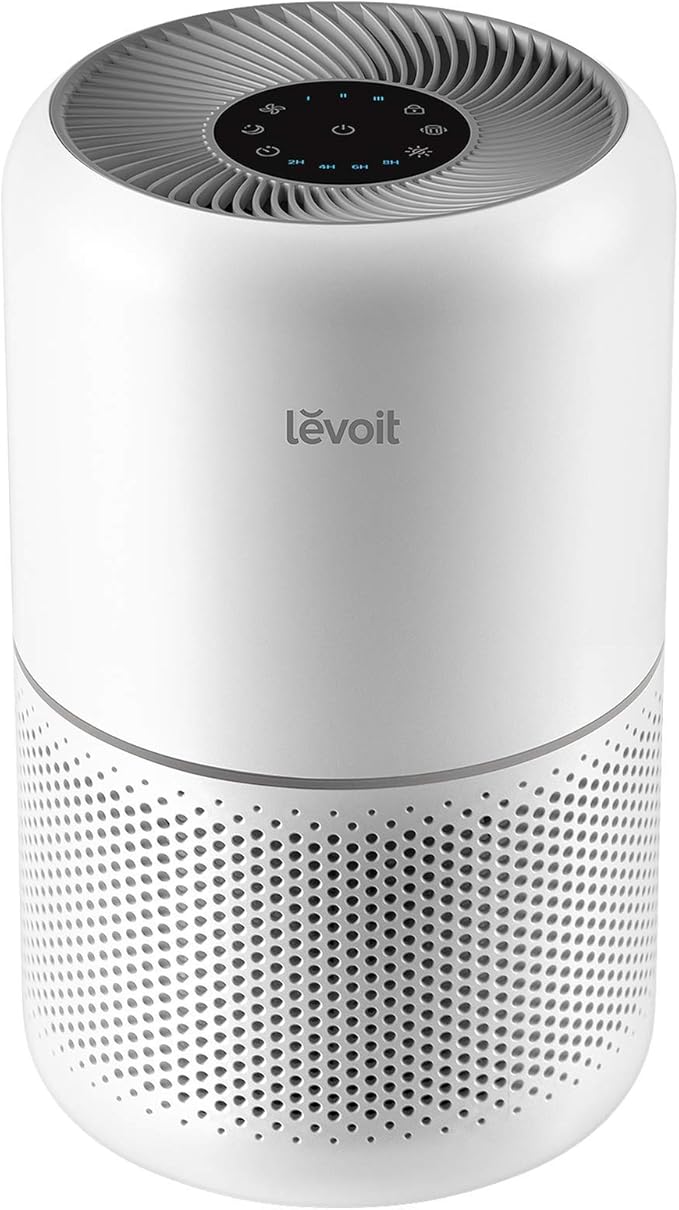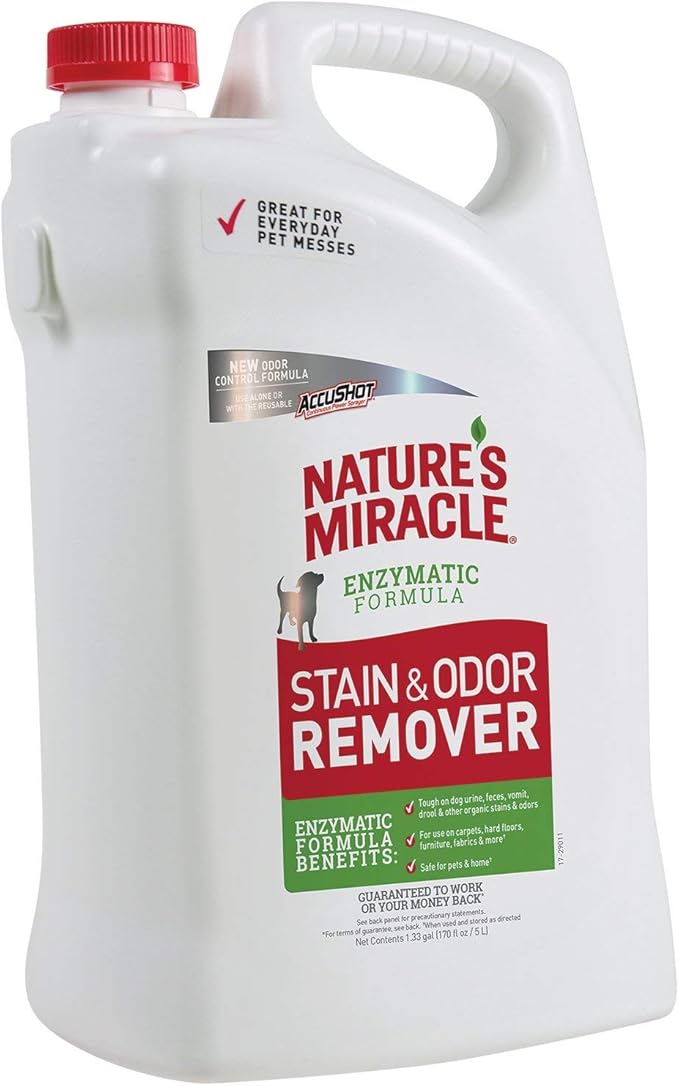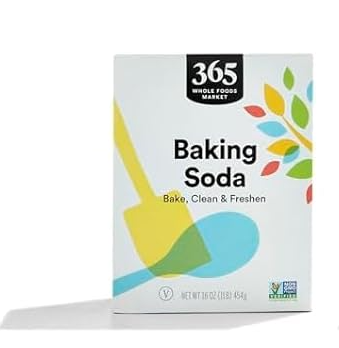As a pet environment specialist, I’ve helped countless homes transform from “eau de dog” to fresh and clean. Studies show that 73% of dog owners struggle with pet odors, yet many aren’t using the most effective dog odor eliminator solutions. Let’s explore proven strategies to keep your home fresh while loving your furry friend.

Key Takeaways:
Understanding Dog Odor Sources
Before diving into solutions, let’s identify where those doggy smells come from:
Common Odor Sources:
- Skin and coat oils Natural body oils accumulate over time, creating that distinct dog smell. Regular grooming and proper skin care help manage these odors at their source.
- Environmental factors Moisture, bacteria, and everyday activities contribute to odor build-up. Understanding these patterns helps create effective solutions.
Primary Problem Areas:
- Furniture and carpets Fabric surfaces trap odors and require specific treatment approaches. Different materials need different cleaning methods.
- Air quality issues Stagnant air and poor ventilation intensify pet odors. Proper air circulation plays a crucial role in odor control.
Specific Product Recommendations
Finding the best air purifier for dog smell involves understanding different technologies and their applications. Let’s explore the most effective options:
HEPA Air Purifiers:
- Multi-stage filtration systems Advanced HEPA systems combine multiple filtering stages to tackle both particles and odors. Look for units with pre-filters that catch larger particles, activated carbon for odor absorption, and true HEPA filtration for microscopic particles. These systems typically cost more initially but provide superior long-term results.
I recommend: The LEVOIT Air Purifier
- Room coverage considerations Calculate your space requirements carefully. A good rule of thumb is to choose a purifier rated for a room size slightly larger than your actual space. This ensures efficient air cycling and better odor control even during peak usage times.
Deodorizing Products:
- Enzymatic cleaners: Professional-grade enzymatic solutions break down odor-causing compounds at the molecular level. These cleaners work particularly well on organic matter and should be your first choice for accident spots and heavy-use areas. Apply generously and allow proper dwell time for maximum effectiveness.
- Room neutralizers: Choose products specifically formulated for pet odors rather than general air fresheners. Look for continuous release systems that maintain consistent odor control rather than temporary masking agents.
Natural Dog Odor Remedies
Many effective solutions for how to keep house fresh with dogs come from nature:
- Safe combinations Certain essential oils offer natural deodorizing properties while being safe for pets. Popular options include:
- Lavender (in minimal quantities)
- Sweet orange
- Cedarwood
- Rosemary
(Always dilute properly and consult with your vet about safe usage levels.)
- 1 part white vinegar
- 3 parts water
- Optional: Few drops of pet-safe essential oil Use for surface cleaning and fabric refreshing.
- Regular carpet treatments
- Furniture deodorizing
- Air freshening bowls
- Bedding refreshers
Daily Maintenance Strategy
Maintaining a fresh-smelling home requires consistent effort:
Morning Routine:
- Quick air-out session Open windows for 15-20 minutes each morning, even in winter. Create cross-ventilation when possible. This simple step removes stagnant air and introduces fresh oxygen.
- Surface wipe-down Use microfiber cloths dampened with a pet-safe solution to quickly clean high-contact areas. Pay special attention to:
- Window sills where dogs rest
- Door frames at dog height
- Areas around food and water bowls
Evening Checks:
- Shake out dog beds
- Check for any accidents
- Spot clean as needed
- Weekly washing schedule
Air quality maintenance
- Run air purifiers on evening cycle
- Check filter status
- Adjust settings based on day’s activities
Deep Cleaning Protocols
Creating an effective dog odor eliminator strategy requires regular deep cleaning. Most homeowners underestimate the frequency and intensity needed for true odor control. I recommend establishing a rotating schedule that addresses different areas of your home systematically.
Carpet and Upholstery Care: Deep cleaning should occur every three months, with more frequent sessions during shedding seasons. Start with a thorough vacuum using a pet-specific machine that features strong suction and specialized attachments. Follow this with steam cleaning using enzymatic solutions designed specifically for pet odors. The heat from steam cleaning activates the enzymes, allowing them to penetrate deeper into fibers.
Hard Surface Maintenance: While easier to clean than fabrics, hard surfaces still require special attention to remove dog odor effectively. Focus on baseboards, corners, and areas around pet beds where oils and dander accumulate. Use a combination of natural cleaners and commercial products, allowing adequate contact time for proper deodorizing.
Seasonal Considerations
Different seasons bring unique challenges for maintaining a fresh-smelling home with dogs. Understanding these seasonal patterns helps you adjust your odor control strategy accordingly.
The warm months intensify pet odors due to increased activity and sweating. Increase ventilation during cooler morning and evening hours. Consider running your best air purifier for dog smell on a higher setting during peak heat. Pay special attention to areas where your dog seeks cooling, such as tile floors or basement spaces.
Limited ventilation during cold weather can trap odors indoors. Create a winter-specific routine that includes strategic air exchange without heat loss. Use humidity control to prevent musty odors, and consider adding air-purifying plants that thrive in indoor winter conditions.
Professional Services
Sometimes, managing dog smell requires professional intervention. Know when and how to utilize these services effectively.
Schedule professional carpet and upholstery cleaning every 6-12 months, depending on your dog’s habits and your home’s needs. Choose services that specialize in pet homes and use pet-safe products. The investment in professional cleaning often saves money long-term by extending the life of your furnishings.
Consider having your home’s air quality professionally evaluated, especially if you’re struggling with persistent odors. Professionals can identify problem areas and recommend specific solutions, from duct cleaning to upgraded filtration systems.
Managing Specific Problem Areas
Different spaces in your home require tailored approaches to remove dog odor effectively.
Preventive Measures for Long-Term Success
Preventing dog odors is far more effective than trying to eliminate them once they’ve become established. A proactive approach saves time, money, and frustration in the long run.
Grooming Impact: Regular grooming significantly reduces household odors at their source. Establish a consistent bathing schedule that matches your dog’s coat type and activity level. Professional grooming every 6-8 weeks helps maintain healthy skin and coat, reducing oil buildup that contributes to odors.
Diet Considerations: Your dog’s diet directly affects their odor production. High-quality food with easily digestible ingredients often results in less intense body odors. Work with your veterinarian to find the right balance of proteins and nutrients that support skin health while minimizing odor-causing digestive issues.
Even with the best prevention, occasional odor emergencies arise. Having a quick-response plan helps manage unexpected situations effectively.
Immediate Response Protocol: When sudden strong odors occur, first identify the source. Often, it’s a specific incident rather than general dog smell. Once identified, use appropriate cleaning products immediately – enzymatic cleaners for organic matter, specialized deodorizers for general areas. Avoid masking odors with fragrances, which only creates a more complex odor problem.
Surface Treatment: Different surfaces require different emergency treatments. For carpets, blot don’t rub, using clean white cloths to prevent color transfer. Hard surfaces need thorough cleaning with appropriate solutions. Always test cleaning products in an inconspicuous area first.
Long-Term Maintenance Strategy
Maintaining a fresh-smelling home with pets requires a sustainable, long-term approach. Create a system that works with your lifestyle while effectively managing odors.
Creating a comprehensive approach to dog odor control involves multiple components working together effectively.
Air Quality Management: Combine mechanical filtration through air purifiers with natural ventilation and regular cleaning. Position air purifiers strategically in high-use areas. Consider adding humidity control if needed, as proper moisture levels help manage odors.
Surface Protection Strategy: Implement a layered approach to surface protection. Use washable covers on furniture, appropriate sealants on floors, and protective treatments on carpets. Regular maintenance of these protective elements extends their effectiveness and helps prevent odor absorption.
Final Thoughts
Creating an odor-free home while living with dogs is absolutely achievable. Success comes from combining the right tools – from a quality dog odor eliminator to the best air purifier for dog smell – with consistent routines. Remember that prevention trumps correction, and maintaining a fresh home requires ongoing attention but becomes easier with time and proper systems in place.









